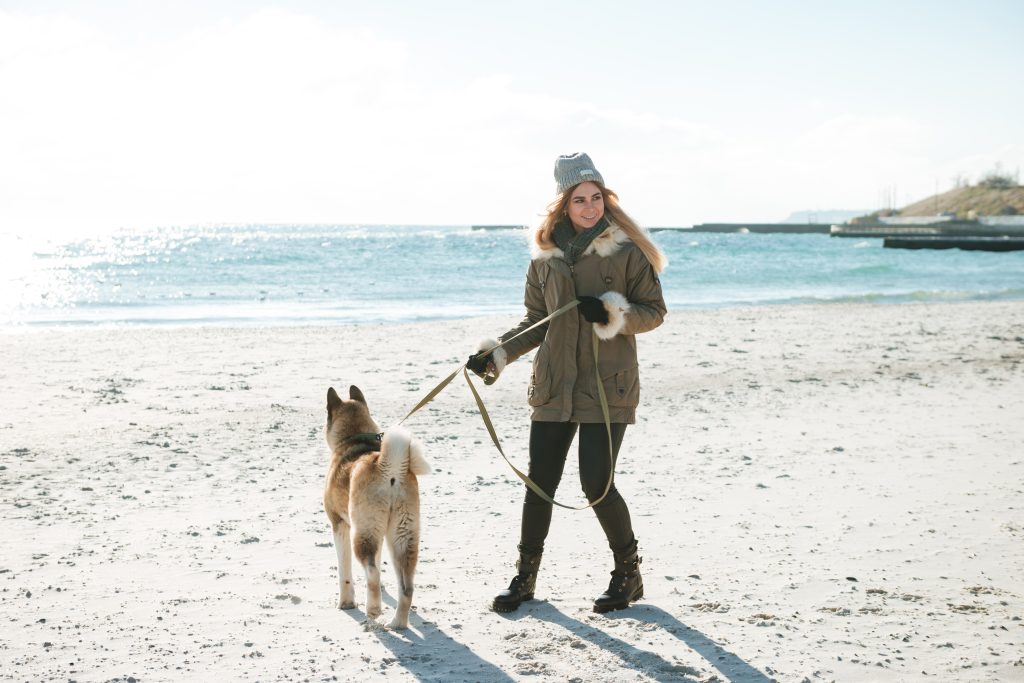Instant Answer: Training a puppy typically takes around 4 to 6 months, but the exact duration can vary based on the breed, age, and individual temperament of the dog. Consistent daily training sessions, positive reinforcement, and patience are key to successfully train a puppy. It’s important to start training early to establish good habits and behaviors. Remember, every puppy is unique, so the training process may require more or less time depending on the specific circumstances.

Balance Flavor and Results with Train Puppy
When embarking on the journey of training a puppy, it’s essential to strike a delicate balance between flavoring the process with fun and achieving tangible results. Just like crafting a gourmet dish, the key lies in blending the right ingredients of consistency, positive reinforcement, and unwavering patience. By infusing each training session with a sprinkle of enthusiasm and a dash of encouragement, you not only nurture good habits but also foster a strong bond with your furry companion. Remember, the early stages of training are crucial for laying a solid foundation, but adapting to your puppy’s unique personality and needs is the secret ingredient that will ultimately determine the success of your training endeavors.
1. Use Positive Reinforcement
Positive reinforcement is a powerful tool in puppy training. Instead of punishing your puppy for bad behavior, focus on rewarding good behavior. For example, when your puppy successfully follows a command, such as sitting or staying, immediately reward them with a treat or verbal praise. This positive reinforcement helps your puppy associate good behavior with positive outcomes, making them more likely to repeat it.
2. Establish a Routine
Dogs thrive on routine, and puppies are no exception. Establishing a consistent daily routine for your puppy can help them feel secure and understand what is expected of them. For example, set specific times for feeding, potty breaks, training sessions, and playtime. Consistency in routine can also help prevent accidents in the house and reduce behavioral issues.
3. Socialize Your Puppy
Proper socialization is crucial for a well-rounded and well-behaved dog. Expose your puppy to different people, animals, environments, and experiences from a young age. This exposure helps them feel comfortable and confident in various situations, reducing the likelihood of fear-based aggression or anxiety. Arrange playdates with other friendly dogs, take your puppy to puppy socialization classes, and introduce them to different sights and sounds in a positive and controlled manner.
4. Provide Mental Stimulation
Puppies have a lot of energy and curiosity, and providing them with mental stimulation is essential for their development. Engage your puppy’s mind with interactive toys, puzzle feeders, and training games. Teach them new commands, tricks, and tasks to keep their brains active and engaged. Mental stimulation not only prevents boredom and destructive behavior but also strengthens the bond between you and your puppy.
5. Be Patient and Consistent
Training a puppy takes time, patience, and consistency. Remember that puppies are learning and exploring the world around them, so it’s important to be patient with their progress. Consistency in your training methods and expectations is key to helping your puppy understand what is required of them. If you’re teaching your puppy a new command, practice it regularly in short, positive training sessions. Repetition and positive reinforcement will help your puppy learn and retain the information.
6. Seek Professional Help if Needed
If you’re struggling with training your puppy or if you encounter specific behavioral issues that you’re unsure how to address, don’t hesitate to seek professional help. A certified dog trainer or behaviorist can provide guidance, support, and personalized training plans to help you and your puppy overcome challenges. They can also offer valuable insights and techniques to improve your training methods and strengthen your bond with your puppy.
By incorporating these practical steps into your puppy training routine, you can effectively balance flavor and results, ensuring that your puppy not only learns important commands and behaviors but also enjoys the training process. Remember that every puppy is unique, so be patient, adaptable, and attentive to your puppy’s individual needs and preferences as you embark on this training journey together.
Other questions people ask about train puppy
What is the easiest way to start train puppy?
The easiest way to start training a puppy is to establish a consistent routine and use positive reinforcement techniques. One concrete tip is to start with basic commands like sit, stay, and come, using treats as rewards. Consistency is key in reinforcing good behavior and building a strong bond with your puppy. Remember to keep training sessions short and fun to maintain your puppy’s interest and focus.
How long until I see results with train puppy?
You can start seeing results in training your puppy within a few weeks if you are consistent and patient. One concrete tip is to establish a routine and stick to it, as consistency is key in puppy training. For example, if you are teaching your puppy to sit, practice the command multiple times a day in short sessions to reinforce the behavior. Remember that every puppy is different, so results may vary, but with dedication and positive reinforcement, you should start noticing progress relatively quickly.
What mistakes should I avoid in train puppy?
When training a puppy, one common mistake to avoid is inconsistency. Dogs thrive on routine and clear expectations, so inconsistent training can confuse them. To prevent this, establish a consistent training schedule and use the same commands and rewards each time. This will help your puppy learn more effectively and build a strong foundation for future training.